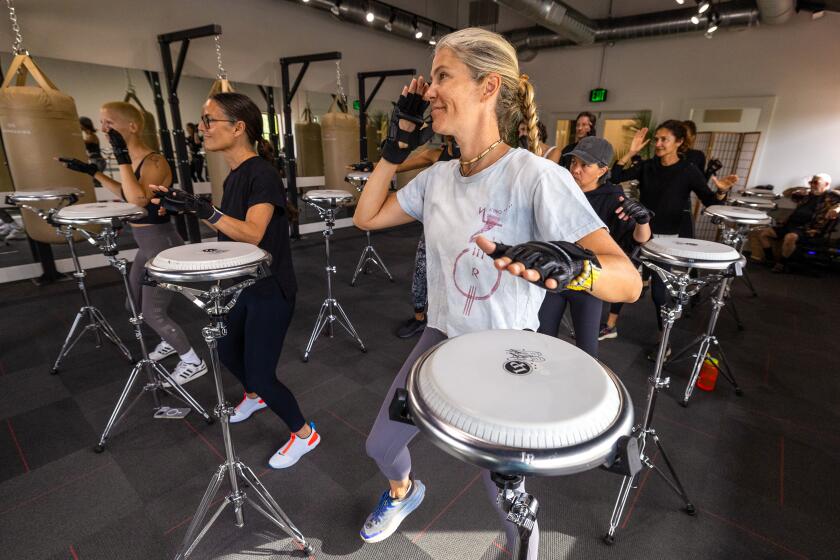I started strength training about nine years ago for admittedly vain reasons. Fresh off a breakup at the time, weight training offered a welcome distraction and the prospect of a revenge body.
I trained two or three times a week — nothing crazy, just good old-fashioned bicep curls, weighted squats, plank holds. But the results were astounding: I lost more than 20 pounds, sculpted my body and had never felt stronger. It was empowering.
Almost a decade later, my weight training is now about being grounded and strong, but the same moderate routine is causing challenges. My elbow barks every time I bicep curl; my SI joint is creaky from sitting all day, which makes my glutes and lower back tight.
Then I sprained my neck and shoulder recently at the gym, which concurrently pinched a nerve. It led to excruciating pain, sleepless nights and an infuriating quest through the medical care system to discover what happened.
“You need to keep those muscles strong because we lose muscle as we age,” one nurse warned while checking my blood pressure. “That’s how injuries happen.”
I couldn’t help but see the irony: Attempting to stay strong is what led to the injury in the first place.
My situation provided a conundrum: Copious research shows that strength training, particularly for older adults, is a critical piece of the health and longevity puzzle. Strength training builds muscle mass and strength, increases bone density and improves balance, which in turn helps prevent falls. It enhances joint mobility and reduces joint stiffness. It plays a role in metabolic health, reducing blood pressure and improving glucose metabolism. It even aids cardiac health.
“It’s probably the most important fitness modality out there for longevity,” says Dr. Christina Chen, a Mayo Clinic geriatrician and host of the podcast “Aging Forward.”
But also, strength training gets harder to do during the period of life when we need it most. The older we are, the more susceptible to injuries. Decades of a sedentary lifestyle, osteoporosis, arthritis and other conditions can lead to weakened muscles, more fragile bones and unstable, painful joints, not to mention balance issues. All of which can present challenges — or dangers, if training improperly — at the gym.
After my own injury, I set out to make sense of these two realities. And one thing became clear: The benefits of strength training, even for those in their golden years, still outweigh the risks.
“Every intervention has a risk associated with it, and exercise is no exception,” says Dr. Joshua T. Goldman, a UCLA sports medicine physician. “If you sit in your house in a bubble, you won’t have exercise risks, but you’ll die of heart disease and diabetes or some other disease. The aging population is at risk of getting injured more in general, but it’s certainly very possible to gain muscle as we age. It’s just that more goes into it. You have to be smarter about how you train.”
It’s not a matter of simply weight training as you age, it’s about proper execution too. So I spoke to doctors, researchers and physical trainers for crucial tips on how to gain muscle without getting injured.














